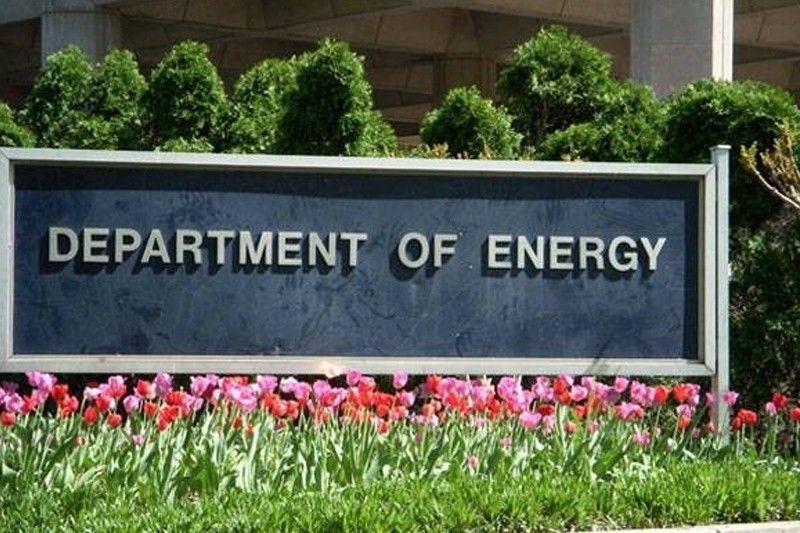DOE set to issue Green Energy Auction Program

MANILA, Philippines — The Department of Energy is eyeing to issue the improved rules for the Green Energy Auction Program (GEAP) within the month to launch the first round of auction of 2,000 megawatts (MW) by October to help the country achieve its renewable energy (RE) goals.
“As the need for RE increases, we ardently continue to pursue our RE initiatives in achieving a Clean Energy Scenario. I am confident that the enhanced GEAP guidelines and amendments will further bring us closer to our goal,” DOE Secretary Alfonso Cusi said in a statement.
DOE-Renewable Energy Management Bureau (REMB) assistant director Marissa Cerezo said the agency is targeting to finalize the GEAP guidelines within the month.
This follows the public consultation on draft department circular (DC), “Providing the Guidelines for the Green Energy Auction Program in the Philippines,” held earlier this month.
During the public consultation, the DOE presented changes in the GEAP framework to provide immediate and timely investments, support the development of, and increase access to financing for new or additional capacities under a competitive process, as well as implement programs that promote clean and sustainable environment.
“We have decided to come up with a more practical, proven, and effective framework to facilitate increased investment in the RE capacities through a level-playing field that would result to attainment of transparent and competitive rates,” DOE-REMB director Mylene Capongcol said.
The DOE, through the GEA committee, aims to conduct the first-round bid in October this year.
Under the improved GEAP guidelines, DOE assistant secretary and GEA committee chairperson Redentor Delola said the program would use “existing mechanisms that will increase the share of RE in the market, increase the available supply of power in the grid, and at the same time will increase the Renewable Portfolio Standards (RPS) allocation of the distribution utilities (DUs).”
In clarifying his statement, Delola said the old GEAP design was merely reliant on the RPS requirements of the DUs.
“It will be similar to [the Feed in Tariff (FIT)]. However, the tariffs will be determined through competitive auction,” he said in a text message.
The FIT system, a mechanism under the RE Act of 2008, details perks for power developers for a period of 20 years to invest in the more expensive renewable sector. The DOE has set specific capacity targets per RE technology which developers need to fill up through RE project developments.
However, this was scrapped by Cusi as it would add financial burden to consumers.
Meanwhile, the RPS is also a mechanism under the law where DUs, electric cooperatives and retail electricity suppliers are prescribed to source a percentage of electricity requirements from RE sources. The RPS level is currently set at one percent until 2022.
“The new design takes into consideration the projected requirement capacity additions needed to achieve the RE generation target of 35 percent by 2030 by achieving the following objectives,” Delola said.
These objectives include providing immediate and timely investments in new or additional RE capacities to ensure provision of adequate supply and competitive rates of electricity in the country; supporting the development of new RE projects under a competitive process, together with long-term contracts; and implementing the mandate of giving preference to RE sources of energy for a cleaner and sustainable environment.
GEAP provides additional market options for RE developers and generators and will promote a competitive setting of rates for RE supply in the country.
It was supposed to launch 2,000 MW of RE for bidding last June, but was pushed back to later this year due to pending requirements and recalculations arising from changes in the demand side, DOE officials had said.
Among the requirements still pending are the reserve price from the Energy Regulatory Commission (ERC) and the public consultation on auction rules and design.
For its part, the ERC is still waiting for the amended DC from the DOE before it can set the green energy auction reserve price.
The GEAP policy and the amendment on the IRR of the RE Act are aimed at increasing the renewable energy program particularly in achieving the government’s aspirational target of attaining 35 percent RE share in the generation mix by 2030.
The conduct of this public consultations were made possible with the assistance of the United States Agency for International Development – Energy Secure Philippines.
- Latest
- Trending


























